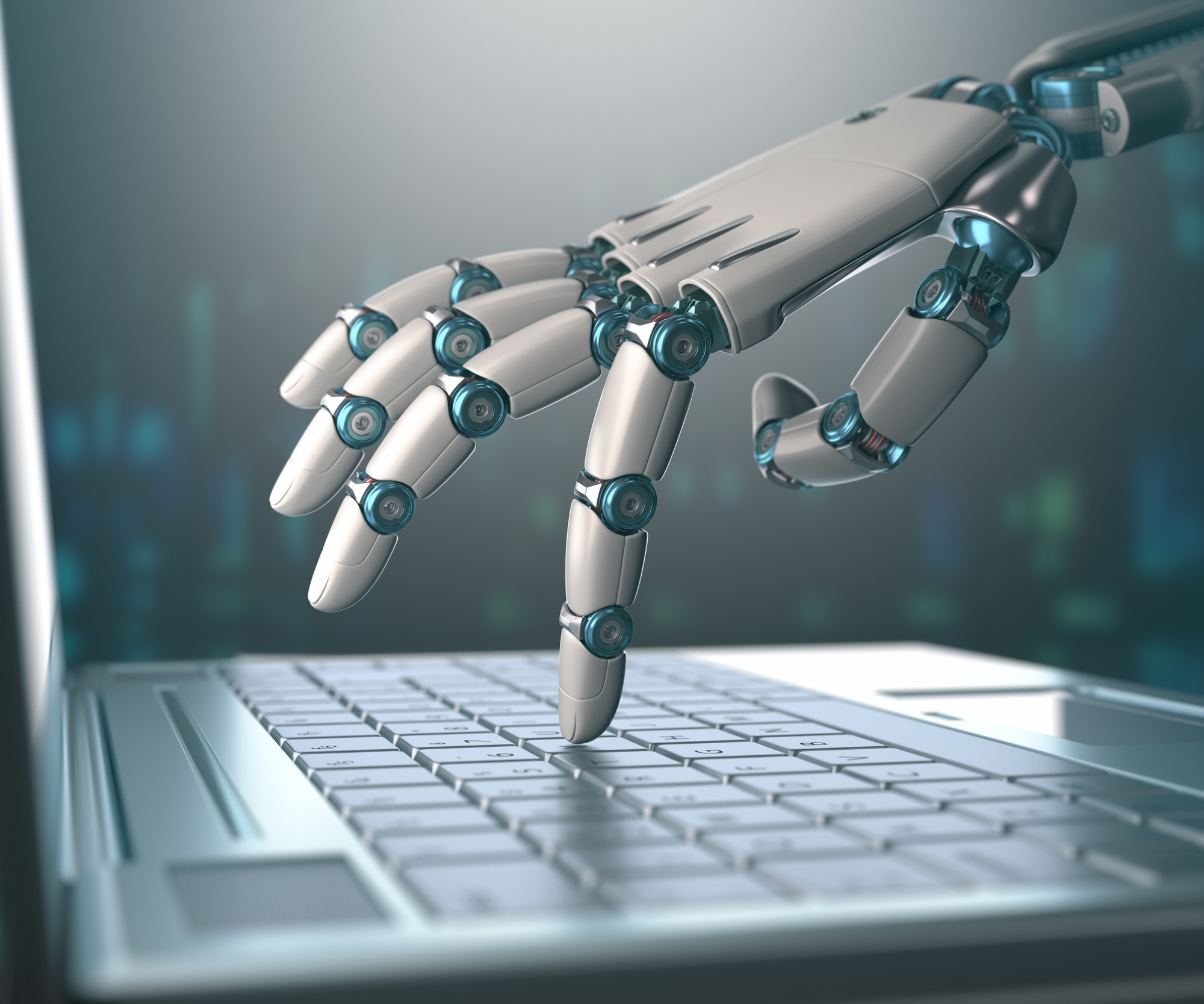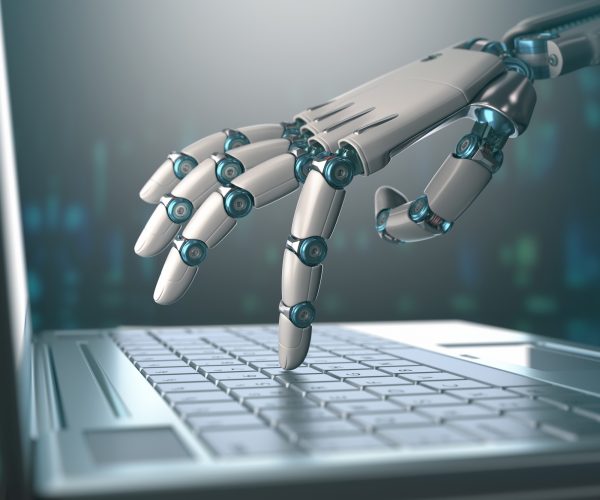Is Artificial Intelligence the new disruptive wave?


The overall Artificial Intelligence (AI) market is expected to be worth USD 16.06 Billion by 2022, growing at a CAGR of 62.9% from 2016 to 2022 (source: marketsandmarkets.com). The major factor driving the artificial intelligence market globally is the growing number of applications of AI technologies in various end-user verticals and the growing adoption of AI for the improvement of consumer services. In a near future, AI will reshape our relationship with technology, brands, and the Internet
According to Susan Etlinger, Analyst at Altimeter, as reported in her last report “The age of AI – How Artificial Intelligence Is Transforming Organizations”, at now there are many conflicting definitions of AI ranging from futuristic visions of humanlike machine intelligence to more restrained definitions that refer to the ability of machines to self-program based on new data.
As reported by Susan, today, AI commonly refers to systems that employ machine learning and can:
1) collect and process signals via sensors or other methods;
2) classify, learn, reason, and predict possible outcomes;
3) interact with people or other machines;
with cluster that can be summarized in three categories (or specific types of intelligence):
– visual/spatial, for example as computer vision/image recognition, facial recognition and emotion detection capabilities;
– auditory/linguistic, witch refers to the ability to listen selectively and communicate using written or spoken language (think for example to Alexa, Siri, Cortana end others virtual personal assistants, or to machine translation capabilities and chatbots);
– motor intelligence, that is the ability to move around and manipulate physical or virtual environments, or
communicate using gestures as robots or self-driving cars are already doing.
The real enabler of AI is machine learning, its core technology, and today we are already seeing and imagining the infinite number of uses for AI in organizations and in our life. Some examples:
– augmented reality applied in Industries like Hospitality, Travel or Retail;
– drones or driverless cars as new transportation and logistics agents, for security or applied in the Oil & Gas field;
– imaging and computer vision as ‘intelligent agent’ to prevent diseases;
– chatbots that simulate conversation with human users;
– intelligent agents that assists people and acts on their behalf…
According to MarketsandMarkets report “Artificial Intelligence Market – Global Forecast to 2022”, from 2016 to 2022, Natural language processing is expected to hold the largest market share for the improvement of consumer services in the retail sector and in other various applications such as car-infotainment system, AI robots, and AI-enabled smartphones.
But there is another interesting industry where AI cloud have the highest growth rate, the healthcare sector: especially for disease diagnosis, patient care, and drug discovery application.
Looking to the future one of the most interesting things that we should monitor is the convergence of machine intelligence with Big data, Internet of Things, cloud computing, augmented or virtual reality, and so on that probably will completely disrupt our expectations and relations/interactions with device, brand and Internet.
“We will move from a URL-based Internet to a federated semiautonomous intelligence that will learn independently”, says for example Dennis Curry, Senior Director of Business Innovation and R&D, Europe, Konica Minolta.
“The biggest change as business people and as individuals will be in how we view and interact with the world at the most basic level. Rather than using devices and/or the Internet, we will experience machine intelligence organically; it will accompany us, learn from us, and eventually become our digital double as we navigate through an increasingly virtual world”, writes Susan Etlinger in her report.
Related articles:
- Our life in 2030: outlooks from one of the most compelling study on AI
- Artificial Intelligence and Cognitive Computing… new horizons
- What if “the smart one” was a Robot?